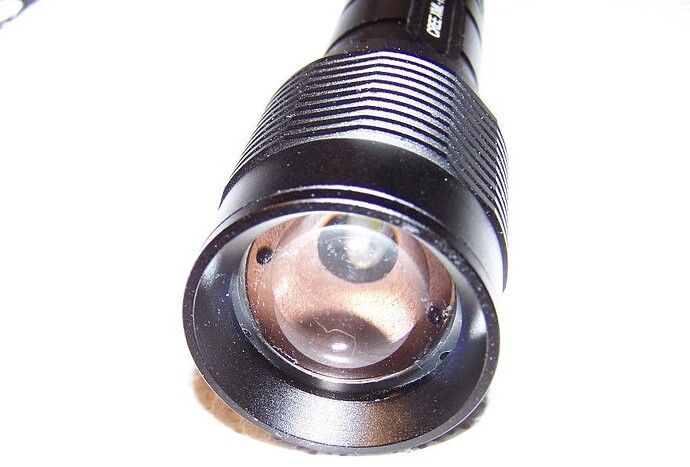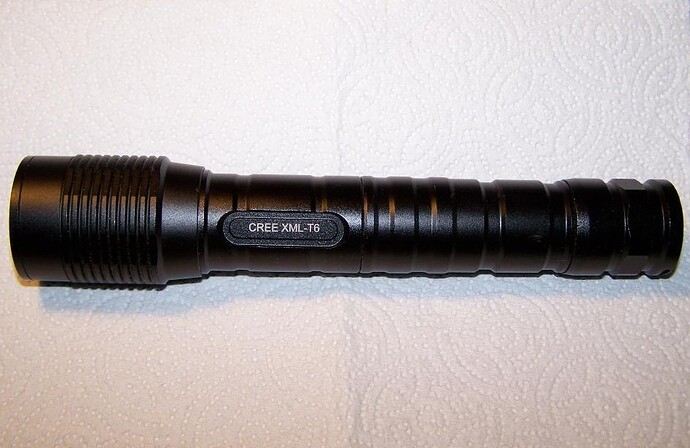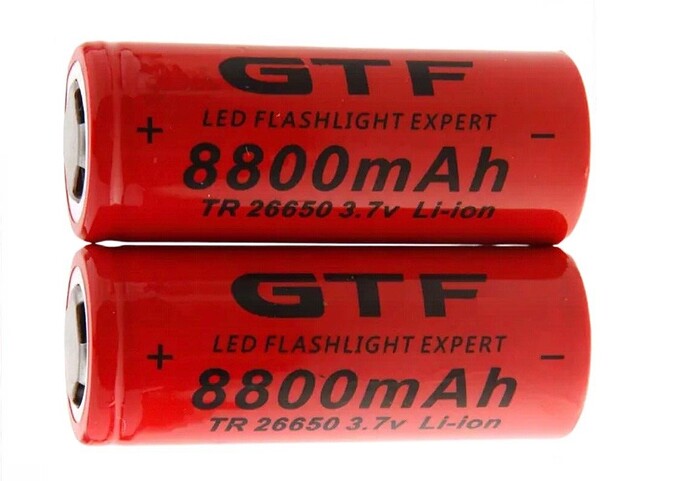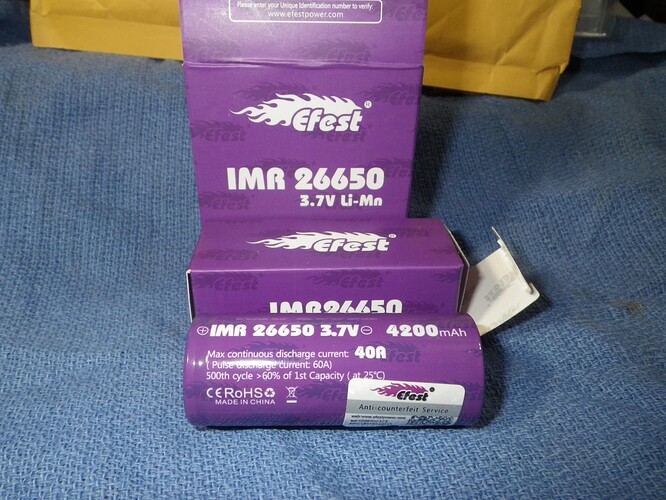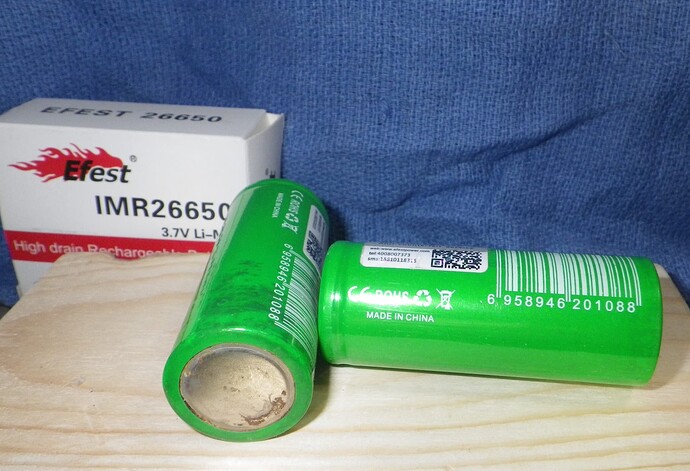About four years ago the place I was working at handed out LED aluminum flashlights that use dual 26650 batteries. They are branded with several names, all Chinese I assume, but they work great for the most part. They’re a huge improvement over the LED Maglites we had.
The issue I’m seeing is that in use, after 3 or four hours of use the front battery discharges long before the rear battery, on every one of these lights.
I recharge mine every day, so it rarely gets low enough to be a concern but I’ve popped the batteries into the charger and had the front battery as low as 2.55v, while the rear battery was still 3.7v or more. (They gave us Nitecore chargers and the batteries are eFest IMR4200 3.7v unprotected 26650 cells)
I’m pretty much assuming that these lights have no battery protection, and if they do, they have no way of reading each battery separately.
I’ve gotten into the habit of swapping the batteries around if I’ve been using the light alot each night and that seems to help.
What got my attention is that one of the batteries rusted away from the inside out, it still held a charge just fine, but the case of the battery looked like swiss cheese. Nothing leaked out, but the can itself rusted. The battery tests 100% otherwise. I chocked that up to a bad battery, then a few others started to do it too, and its always the front battery, and the corrosion happens fast, like overnight. The older lights have green eFest batteries, the newer lights have purple efest cells. So far none of the purple cells have failed.
I did convert one of them to use dual 18650 cells. I tried to fit protected cells but most measure just over 70mm and are too long so its stuck with unprotected cells. (The added length means the rear button switch is being compressed and won’t work with the longer batteries).
Is this a common issue with this style light?
